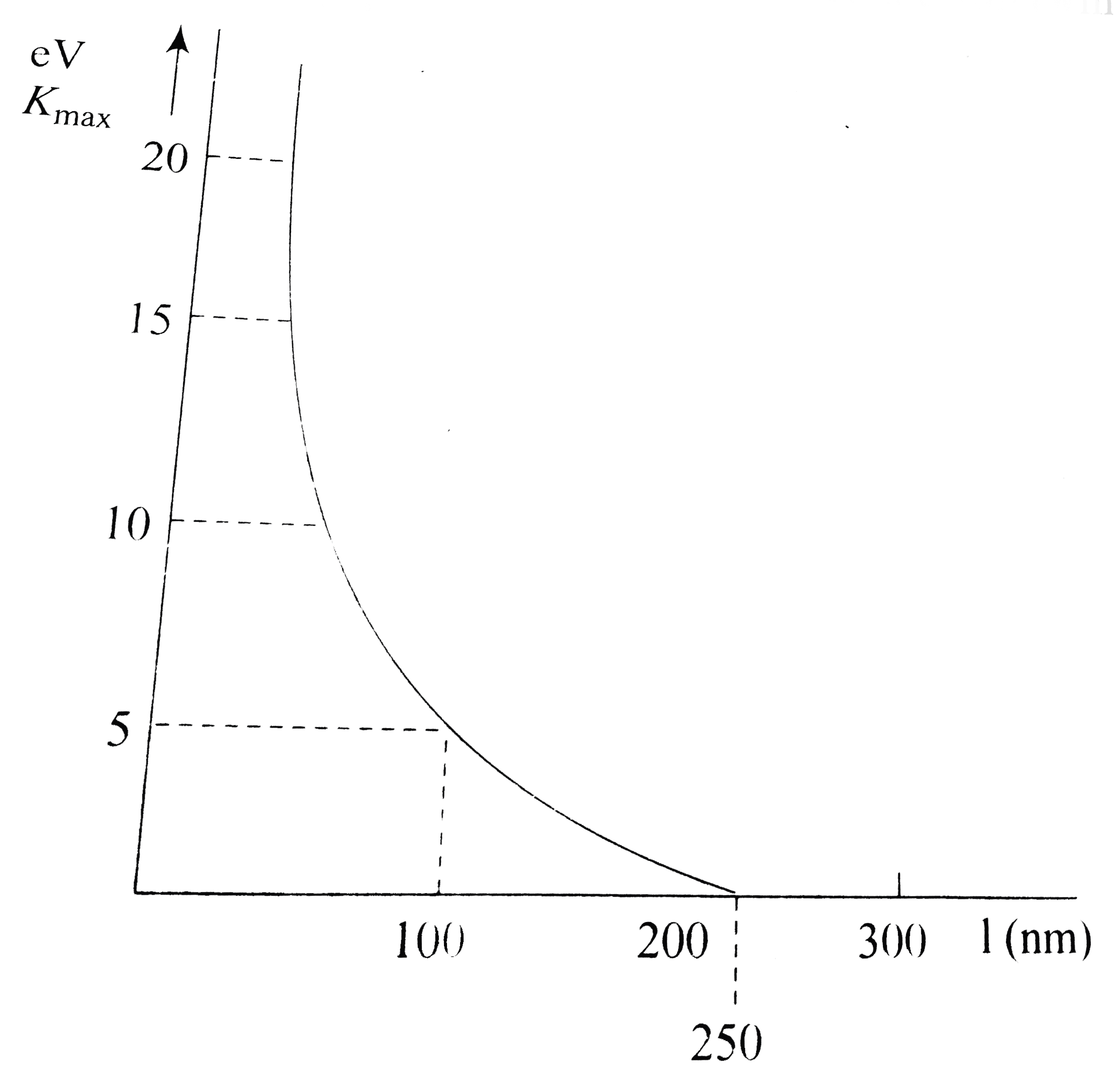Assertion : When certain wavelength of light fall on metal surface it ejects electron.
Reason : Light was wave nature.
If both assertion and reason are true and reason is the correct explanation of assertion.
If both assertion and reason are true but reason is not the correct explanation of assertion.
If assertion is true but reason is false.
If both assertion and reason are false.
The correct Answer is:B
To solve the given question, we need to analyze both the assertion and the reason provided.
Step 1: Understand the Assertion
The assertion states: "When certain wavelength of light falls on a metal surface, it ejects electrons." This statement refers to the photoelectric effect, which is a phenomenon where light (or electromagnetic radiation) incident on a metal surface can cause the emission of electrons from that surface.
Step 2: Understand the Reason
The reason states: "Light has wave nature." This statement refers to the wave-particle duality of light, where light exhibits properties of both waves and particles. However, the photoelectric effect specifically demonstrates the particle nature of light, as it involves photons (particles of light) striking the metal and transferring energy to electrons.
Step 3: Analyze the Relationship
While the reason states that light has wave nature, the assertion about the ejection of electrons is more accurately explained by the particle nature of light (photons). The photoelectric effect occurs when the energy of the incident photons exceeds the work function of the metal, leading to the ejection of electrons.
Step 4: Conclusion
- The assertion is true because the photoelectric effect does occur when light of certain wavelengths falls on a metal surface.
- The reason is also true in a broader context, as light does exhibit wave properties; however, it does not correctly explain the assertion in the context of the photoelectric effect.
Thus, the answer to the question is:
Both assertion and reason are true, but the reason is not the correct explanation for the assertion.
Final Answer
The correct option is: Both assertion and reason are true, but the reason is not the correct explanation for the assertion.
---
The assertion states: "When certain wavelength of light falls on a metal surface, it ejects electrons." This statement refers to the photoelectric effect, which is a phenomenon where light (or electromagnetic radiation) incident on a metal surface can cause the emission of electrons from that surface.
The reason states: "Light has wave nature." This statement refers to the wave-particle duality of light, where light exhibits properties of both waves and particles. However, the photoelectric effect specifically demonstrates the particle nature of light, as it involves photons (particles of light) striking the metal and transferring energy to electrons.
While the reason states that light has wave nature, the assertion about the ejection of electrons is more accurately explained by the particle nature of light (photons). The photoelectric effect occurs when the energy of the incident photons exceeds the work function of the metal, leading to the ejection of electrons.
- The assertion is true because the photoelectric effect does occur when light of certain wavelengths falls on a metal surface.
- The reason is also true in a broader context, as light does exhibit wave properties; however, it does not correctly explain the assertion in the context of the photoelectric effect.
Both assertion and reason are true, but the reason is not the correct explanation for the assertion.
The correct option is: Both assertion and reason are true, but the reason is not the correct explanation for the assertion.
Similar Questions
Knowledge Check
Assertion : The number of electrons ejected from a metal surface depend upon the frequency of light.
Reason : There is a time lag between the striking of light beam and the ejection of electrons from the metal surface.AIf both assertion and reason are true and reason is the correct explanation of assertion.BIf both assertion and reason are true but reason is not the correct explanation of assertion.CIf assertion is true but reason is false.DIf both assertion and reason are false.Assertion : If the frequency of the incident light on a metal electrons is more than doubled.
Reason : The metal will provide additional energy to the emitted photoelectron for light of higher frequency than for lower frequency.AIf both assertion and reason are true and reason is the correct explanation of assertion.BIf both assertion and reason are true but reason is not the correct explanation of assertion.CIf assertion is true but reason is false.DIf both assertion and reason are false.If p is the momentum of the fastest electron ejected from a metal surface after the irradiation of light having wavelength i, then for 1.5 p momentum of the photoelectron, the wavelength of the light should be (assume kinetic energy of ejected photoelectron to be very high in comparison to work function):
A49λB23λC34λD12λ
When a photon of light collides with a metal surface, number of electrons, (If any) coming out is
View SolutionIf λ0 is the threshold wavelength for photoelectric emission. λ wavelength of light falling on the surface on the surface of metal, and m mass of electron. Then de Broglie wavelength of emitted electron is :-
View Solution
In a photoelectric effect experiment , the maximum kinetic energy of the ejected photoelectrons is measured for various wavelength of the incident light. Figure shows a graph of this maximum kinetic energy Kmax as a function of the wavelength λ of the light falling on the surface of the metal. Which of the following statement/i is/ are correct?
View SolutionAssertion: if wavelength of light is doubled, energy and momentum of photons are reduced to half.
Reason: By increasing the wavelength, speed of photons will decrease.
View SolutionStopping potential of emitted photo electron is V when monochromatic light of wavelength 'lamda' incident on a metal surface. If wavelength of light incident becomes 'lambda/3' stopping potential of photoelectrons becomes V/4 then the threshold wavelength of metal is k'lambda' then k will be
View Solution